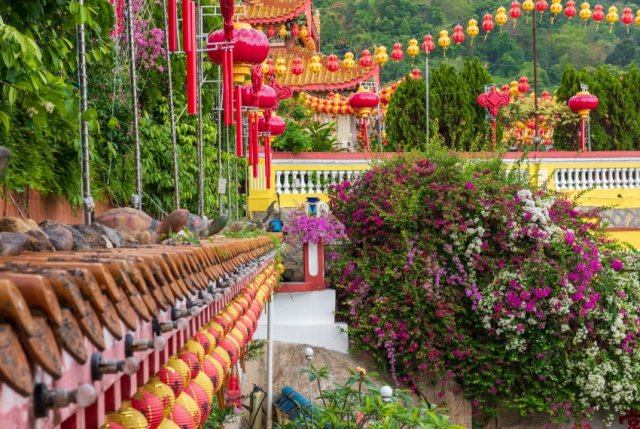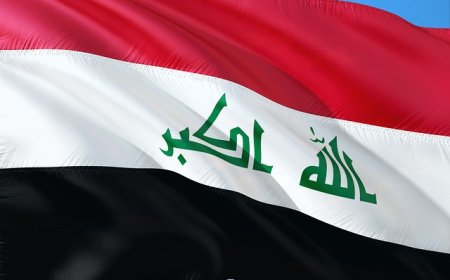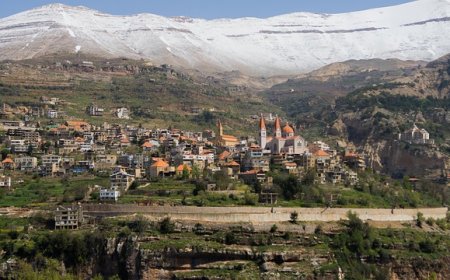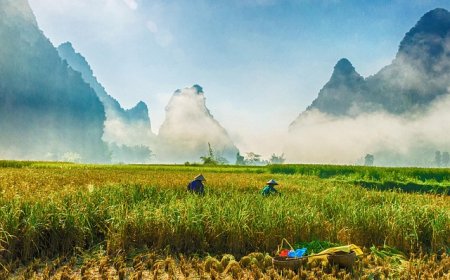Malaysia for Students: Geography, People, and Culture of a Multicultural Southeast Asian Nation
Discover Malaysia for kids. Learn about rainforests, islands, and Malaysian culture. Includes fun facts, vocabulary words, and a quiz

Introduction
Malaysia is a multicultural country in Southeast Asia, known for its amazing food, tropical rainforests, and friendly people. It is a nation of contrast—where modern skyscrapers sit beside ancient temples, and where Malay, Chinese, and Indian traditions blend together in everyday life. With its warm weather, colorful festivals, and wild jungles, Malaysia offers both adventure and learning.
The country is home to over 33 million people and is one of the most diverse places in Asia. Whether you’re walking through the streets of Kuala Lumpur, hiking in the Cameron Highlands, or spotting orangutans in Borneo, Malaysia is full of beauty and surprise.
Geography and Landscape
Malaysia is unique because it is split into two main parts: Peninsular Malaysia (connected to mainland Asia) and East Malaysia (on the island of Borneo). These two regions are separated by the South China Sea.
Peninsular Malaysia is where most of the population lives. It features modern cities, hills, and farmland. East Malaysia, made up of the states Sabah and Sarawak, has dense rainforests, mountains, and some of the world’s oldest ecosystems.
Malaysia has a tropical rainforest climate, which means it’s hot and humid all year. There is a rainy season and a dry season, and some areas receive heavy rainfall that supports lush forests filled with wildlife.
Cities and Regions
The capital city is Kuala Lumpur, often called KL. It is one of Southeast Asia’s most modern cities, known for the Petronas Twin Towers, which were once the tallest buildings in the world. KL is also filled with street markets, shopping malls, parks, and museums.
Other important cities include George Town in Penang, known for its street art and food; Malacca, a historic port city; and Kota Kinabalu in Sabah, a gateway to coral reefs and Mount Kinabalu.
Each region has its own identity, from the cooler highlands of the interior to the sunny beaches of islands like Langkawi and Tioman. People in each part of Malaysia speak different languages, cook different foods, and celebrate different festivals—but all proudly call themselves Malaysian.
People, Language, and Culture
Malaysia is one of the most ethnically and culturally diverse countries in Asia. The main groups are Malays, Chinese Malaysians, Indian Malaysians, and indigenous peoples known as Orang Asli in the peninsula and Dayaks in Borneo.
The official language is Malay, also called Bahasa Malaysia, but many people also speak English, Mandarin Chinese, and Tamil. Most signs and menus are written in multiple languages.
The main religion is Islam, followed by Buddhism, Hinduism, Christianity, and indigenous beliefs. Because of this mix, Malaysia celebrates a wide variety of holidays—Hari Raya Aidilfitri for Muslims, Chinese New Year, Deepavali, and Christmas. People show great respect for each other’s cultures and often join in one another’s celebrations.
Malaysia’s culture includes traditional dance, batik art, shadow puppets, and silat, a martial art. But it also has a strong modern side, with movies, pop music, and fashion.
Food and Daily Life
Malaysian food is famous for its spice, variety, and multicultural flavor. Meals often include rice, noodles, chili, coconut, and herbs. Each ethnic group brings its own dishes, creating a wide mix of flavors.
Common dishes include:
- Nasi lemak: coconut rice with egg, peanuts, sambal, and anchovies (Malaysia’s national dish)
- Roti canai: flaky flatbread served with curry
- Char kway teow: stir-fried noodles with shrimp and soy sauce
- Satay: grilled meat skewers with peanut sauce
Food is a big part of Malaysian life. People enjoy eating at hawker stalls, where vendors sell tasty meals on the street. Families often go out together to eat and try different cuisines.
Most Malaysians live in cities or towns. School is taken seriously, and many students attend extra classes after school. Weekends are spent shopping, going to parks, watching movies, or visiting family.
History of Malaysia
Malaysia’s history is shaped by trade, migration, and colonization. For centuries, the Malacca Sultanate and other kingdoms were powerful trading centers along the spice routes. Merchants came from China, India, the Middle East, and Europe.
In the 1500s, the Portuguese took over Malacca, followed by the Dutch and then the British. During British rule, people from China and India were brought to Malaysia to work on plantations and in mines. This created the multicultural society Malaysia has today.
Malaysia was occupied by Japan during World War II, and after the war, it moved toward independence. It became a free country in 1957 and formed a federation called Malaysia in 1963, including Sabah and Sarawak. Since then, it has grown into a stable and modern nation.
Nature and Wildlife
Malaysia is one of the world’s most biodiverse countries. Its rainforests are home to amazing animals like orangutans, sun bears, tigers, hornbills, and proboscis monkeys. Coral reefs and marine parks offer protection to sea turtles, colorful fish, and dolphins.
Some of the most famous natural sites include:
- Taman Negara – one of the world’s oldest rainforests
- Kinabalu Park – a UNESCO World Heritage Site with Southeast Asia’s tallest mountain
- Bako National Park – home to rare animals and mangrove forests
Malaysia is working to protect its environment through conservation programs, eco-tourism, and education. Deforestation, pollution, and endangered species are still concerns, but many groups are fighting to save the country’s natural treasures.
Vocabulary List
| Word | Definition |
|---|---|
| Peninsula | A piece of land mostly surrounded by water, like Peninsular Malaysia |
| Borneo | A large island shared by Malaysia, Indonesia, and Brunei |
| Ethnic Group | A group of people with shared culture, language, and ancestry |
| Bahasa Malaysia | The official language of Malaysia |
| Roti Canai | A type of Malaysian flatbread eaten with curry |
| Biodiversity | The variety of plants and animals in one area |
| Conservation | The act of protecting nature and wildlife |
| Silat | A traditional martial art of Malaysia and other Southeast Asian countries |
👧🧒 Kid-Friendly Summary
Malaysia is a country in Asia made up of rainforests, beaches, cities, and mountains. People from many backgrounds live there, and they speak different languages and celebrate lots of holidays. The capital is Kuala Lumpur, with tall towers and busy streets.
Food in Malaysia is delicious, with rice, noodles, and spicy sauces. People eat at street stalls and love to try new dishes. In the jungle, you can find cool animals like orangutans and tigers. Malaysia is full of fun, flavor, and fantastic nature.
🧠 Interactive Quiz: What Do You Know About Malaysia?
1. What is the capital of Malaysia?
A) Penang
B) Malacca
C) Kuala Lumpur
D) Kota Kinabalu
2. What language is officially spoken in Malaysia?
A) Mandarin
B) Bahasa Malaysia
C) Tamil
D) English
3. What is nasi lemak?
A) A noodle dish
B) A sweet dessert
C) Coconut rice with toppings
D) A flatbread
4. Which island is part of Malaysia?
A) Java
B) Borneo
C) Luzon
D) Bali
5. What religion do most Malaysians follow?
A) Hinduism
B) Buddhism
C) Christianity
D) Islam
6. What are hawker stalls?
A) Toy shops
B) Street food stands
C) Book markets
D) Clothing stores
7. What kind of monkey is known for its big nose in Malaysia?
A) Spider monkey
B) Proboscis monkey
C) Gibbon
D) Capuchin
8. What is silat?
A) A music style
B) A sport
C) A martial art
D) A dance




















































